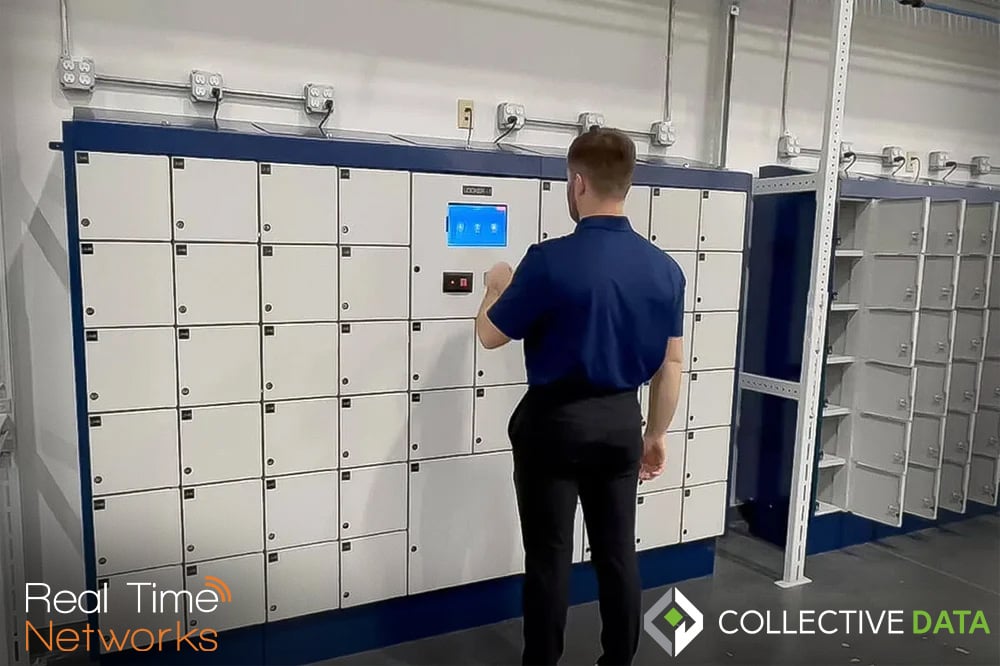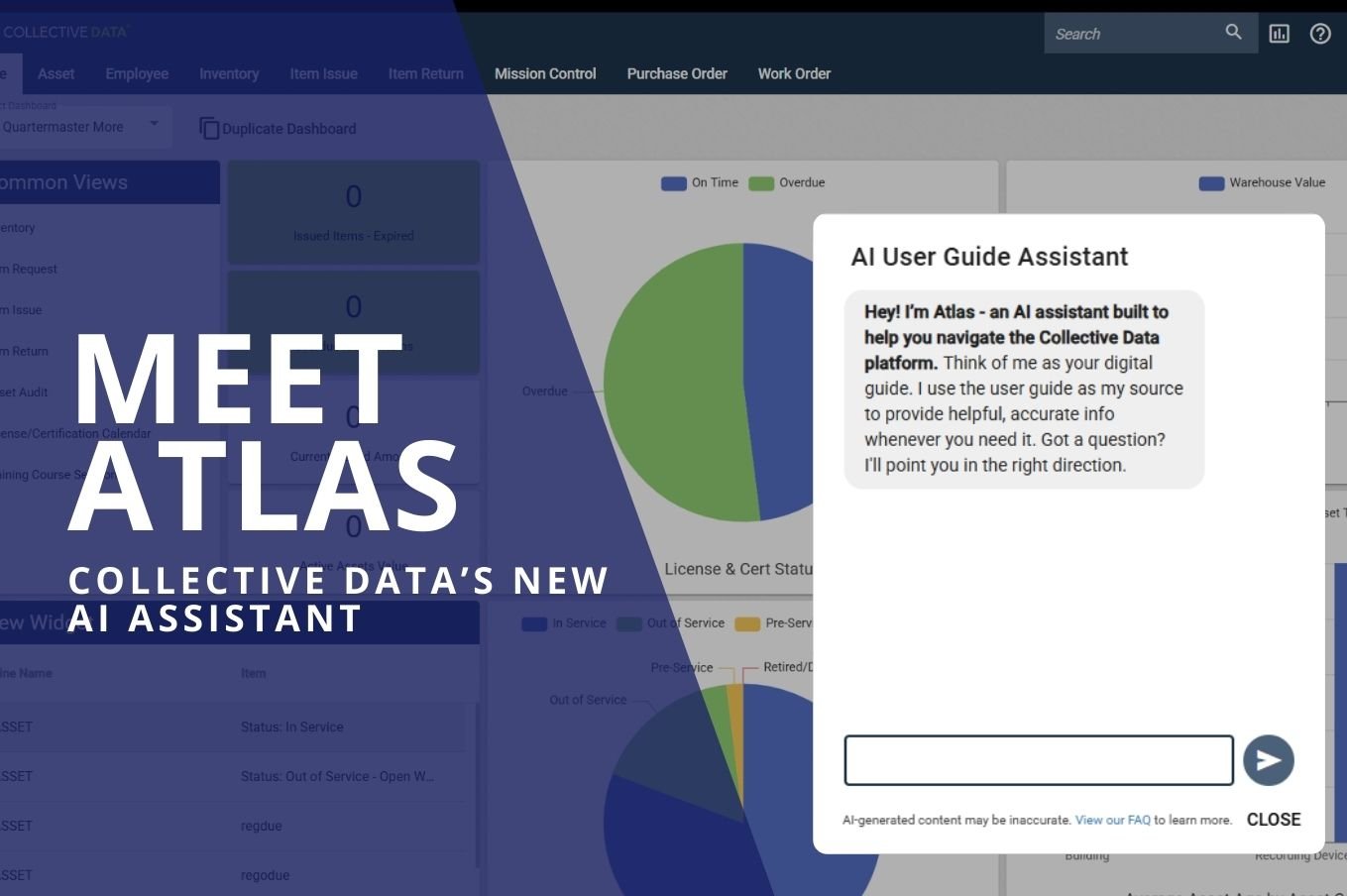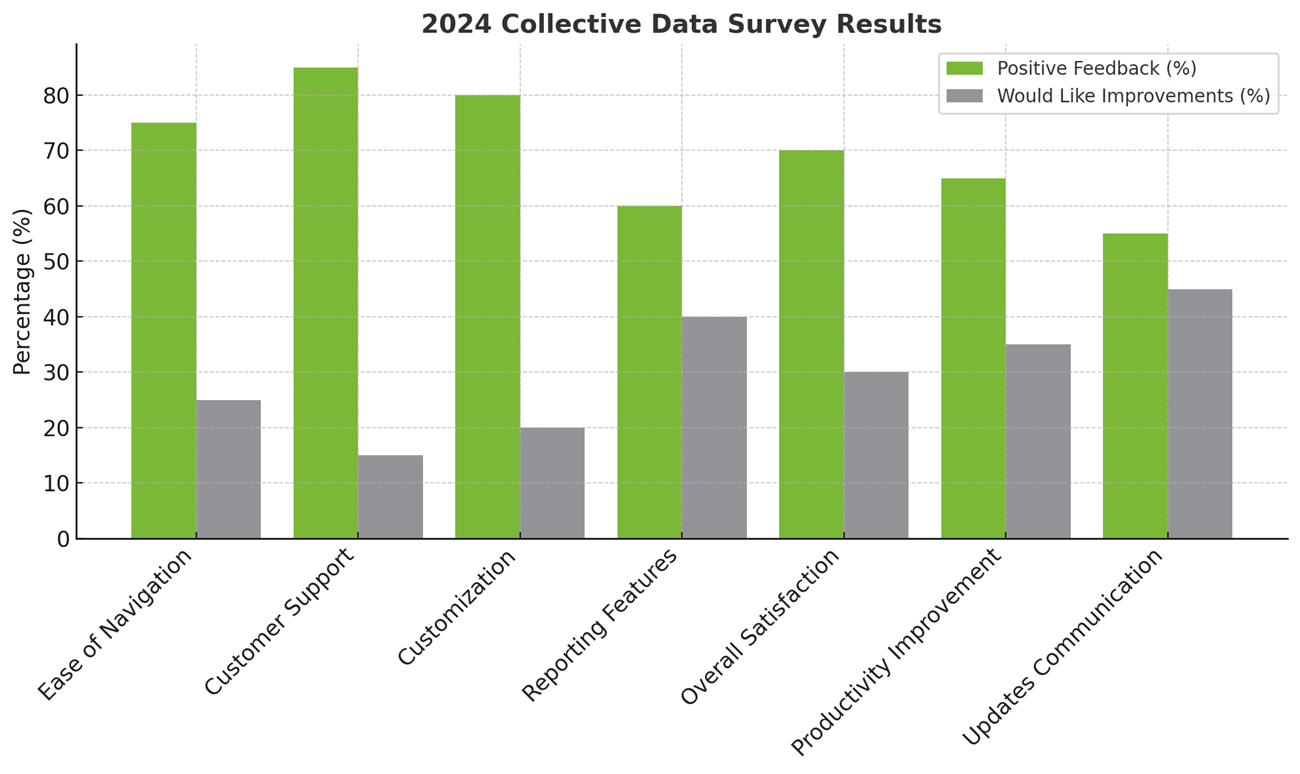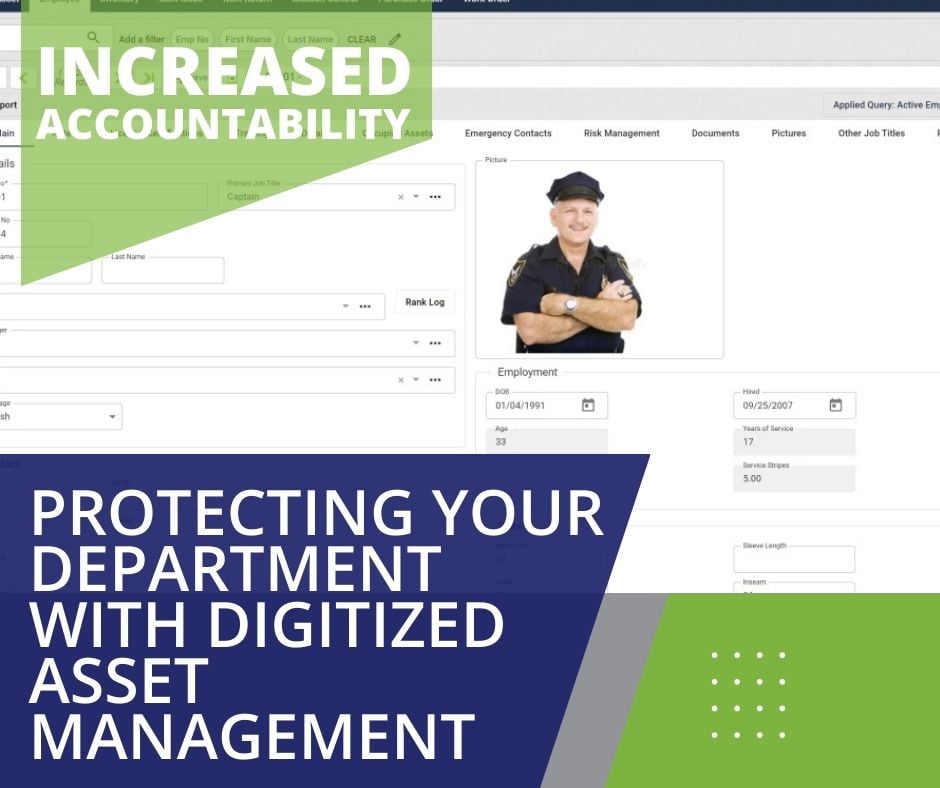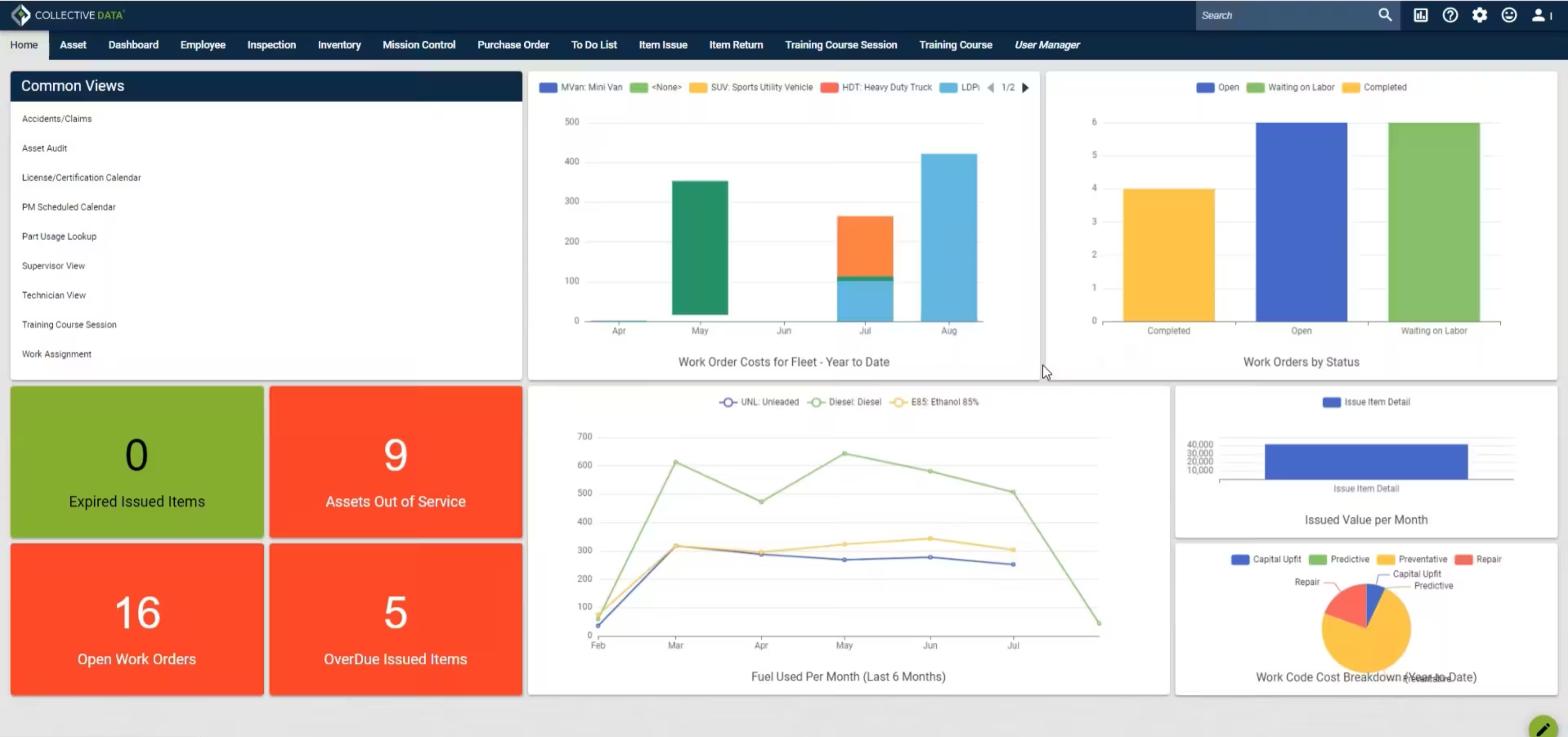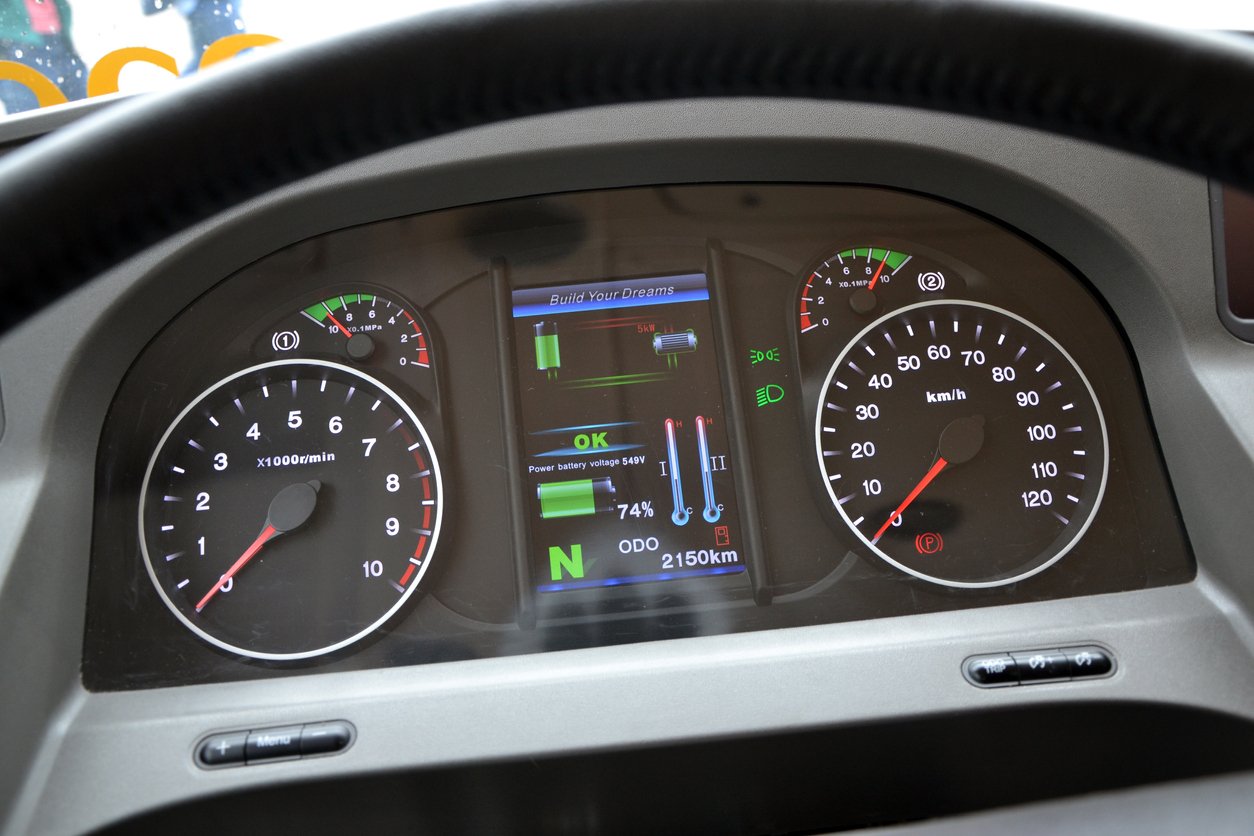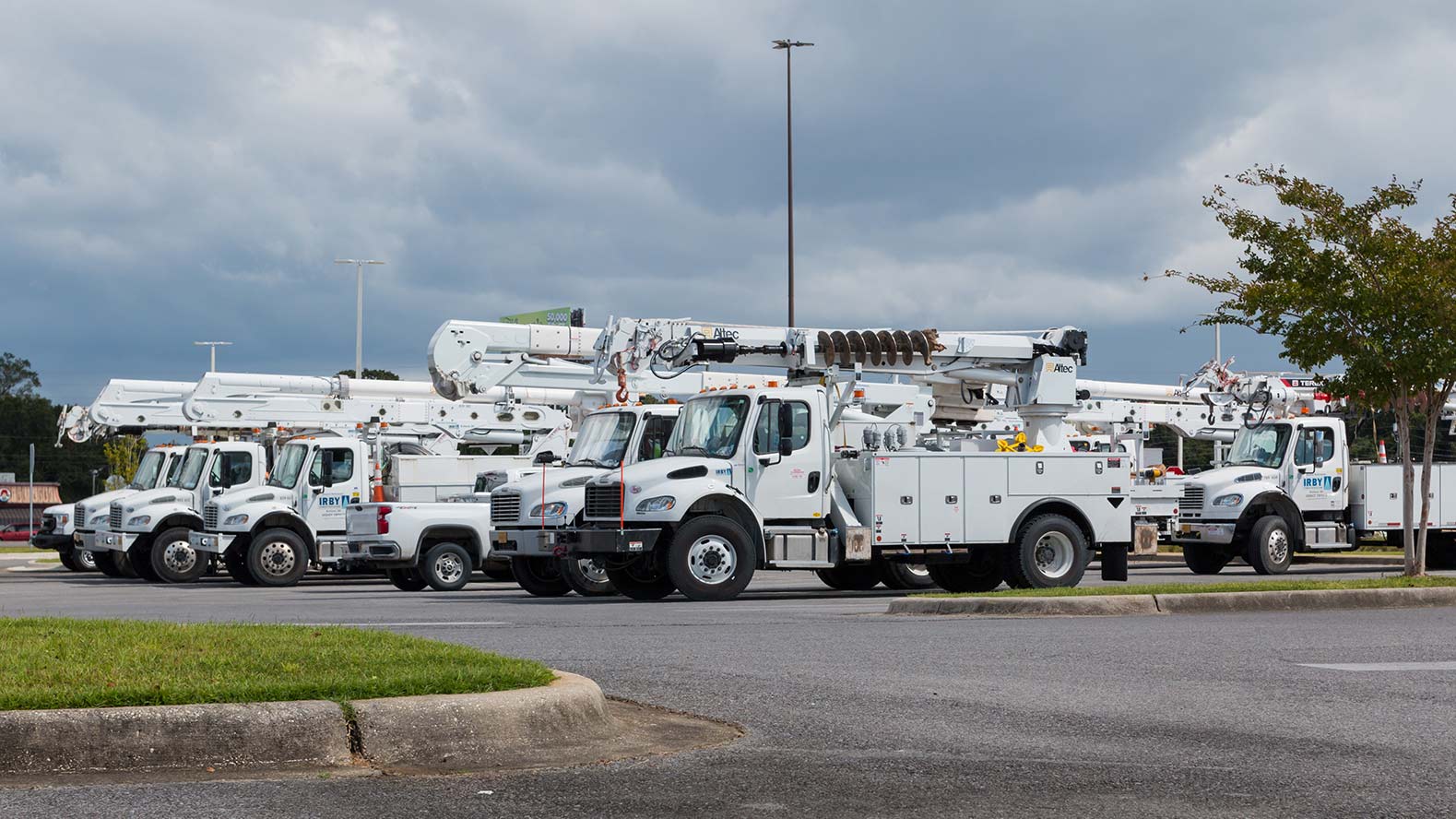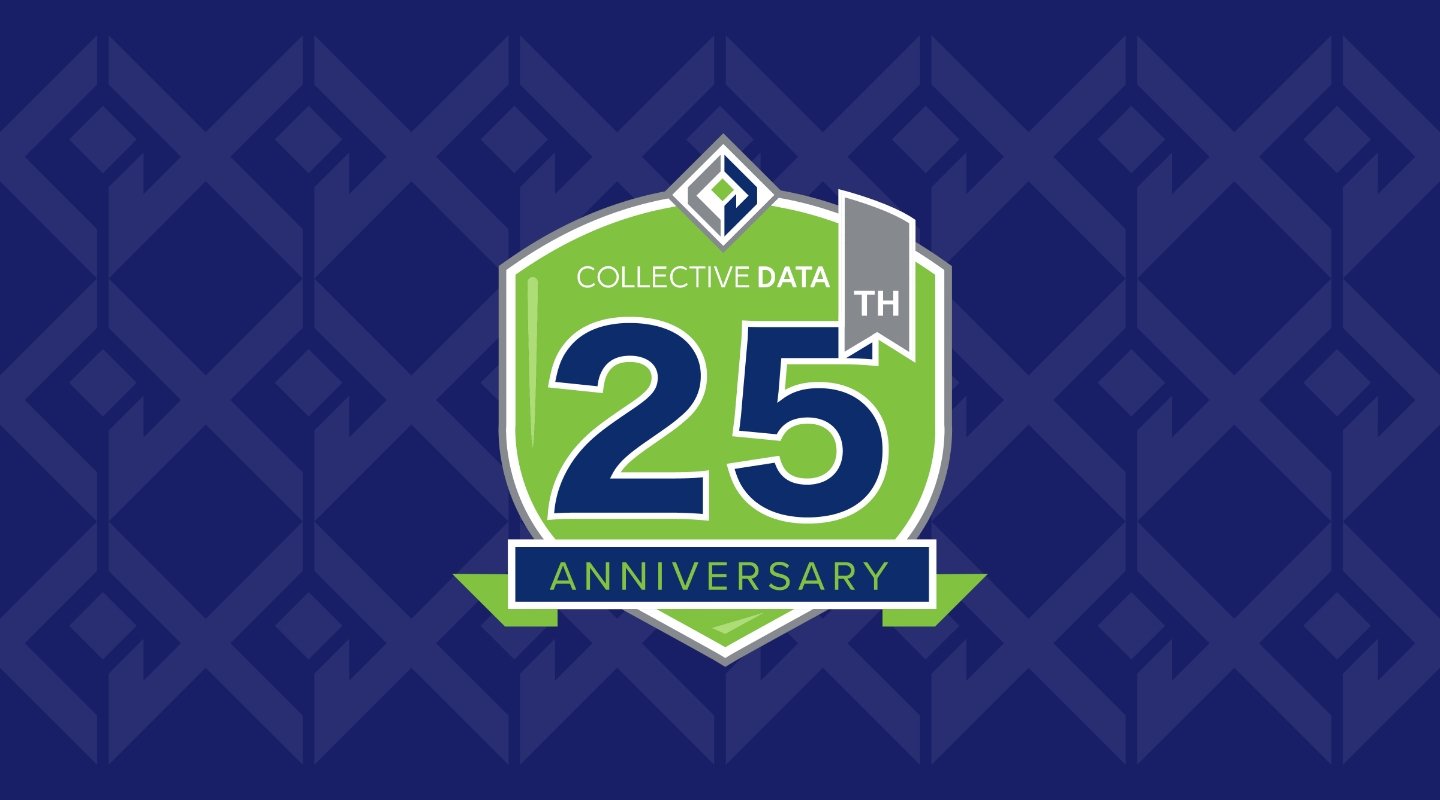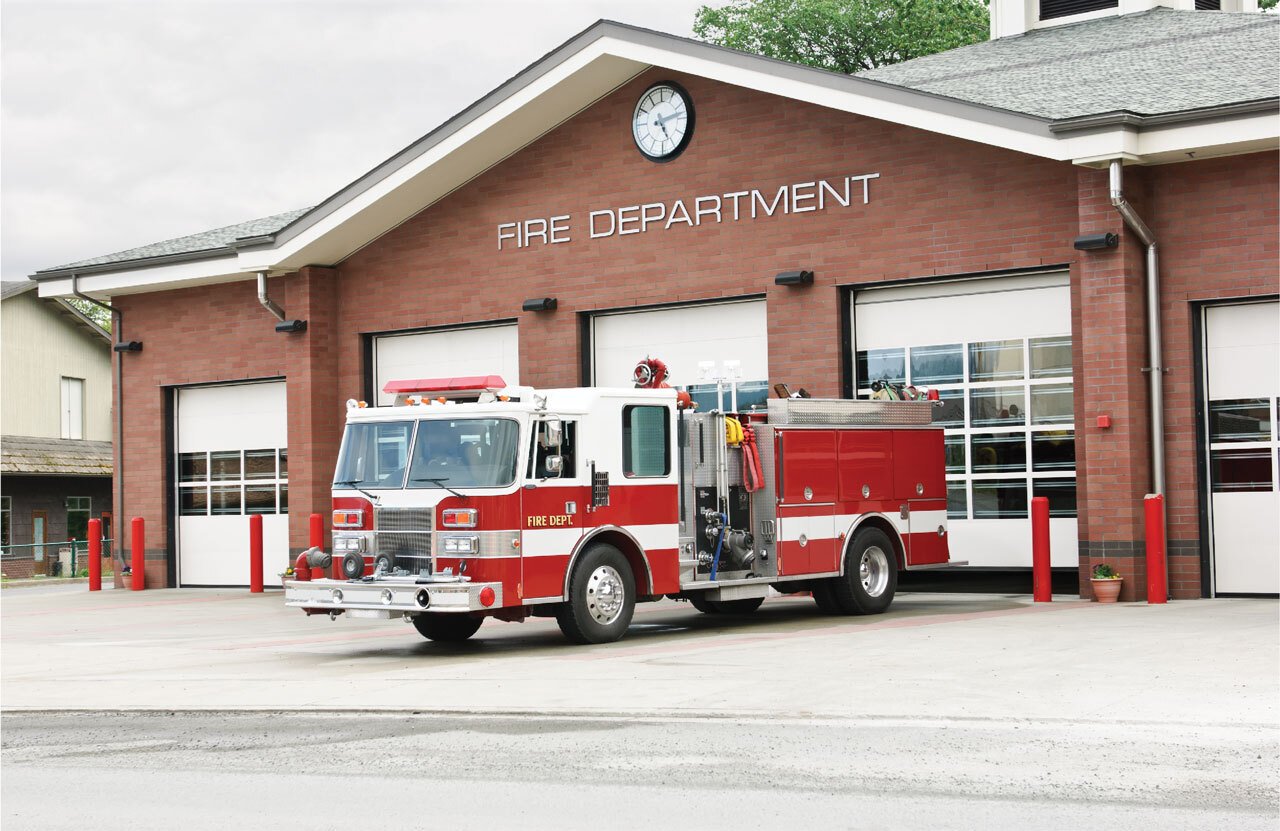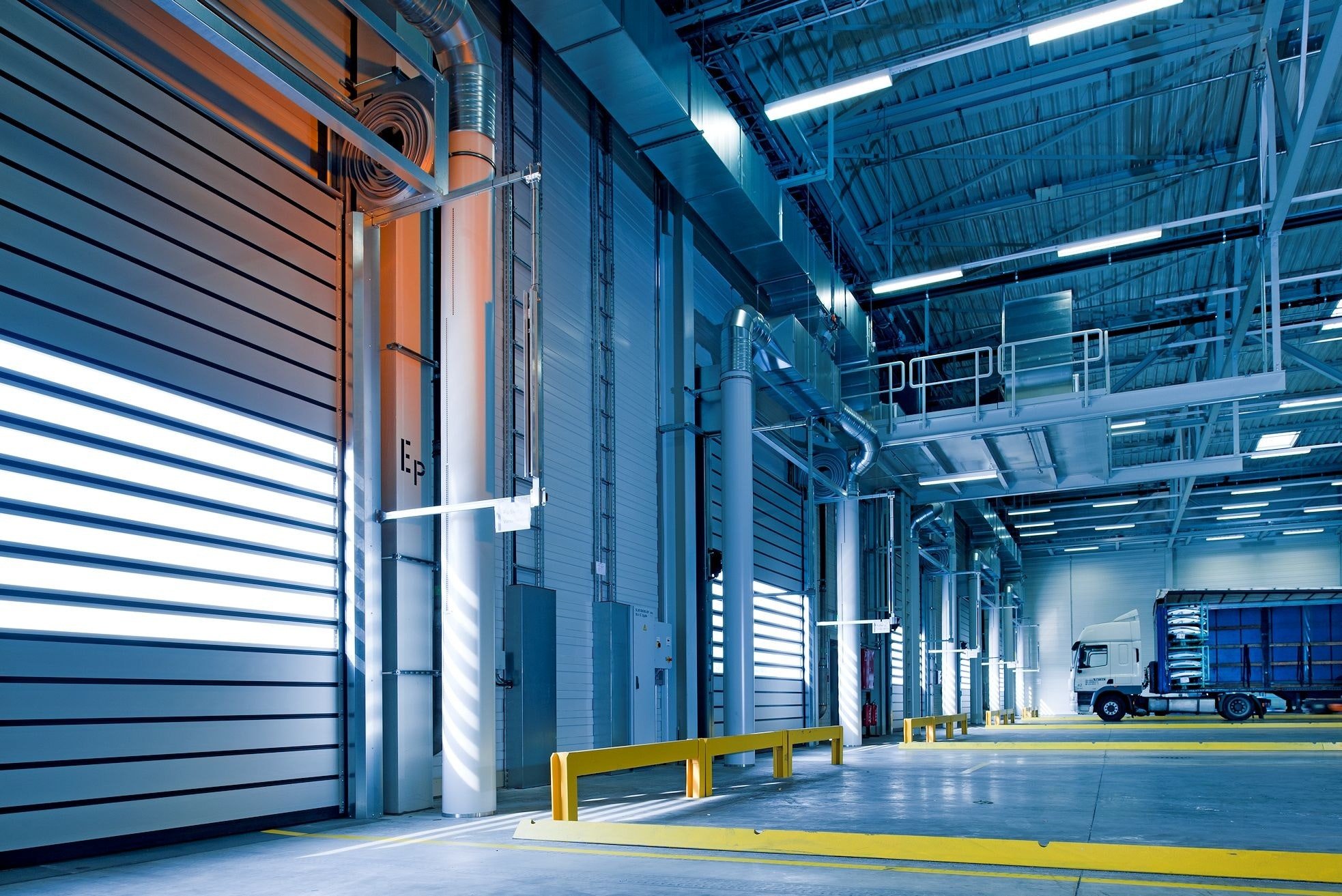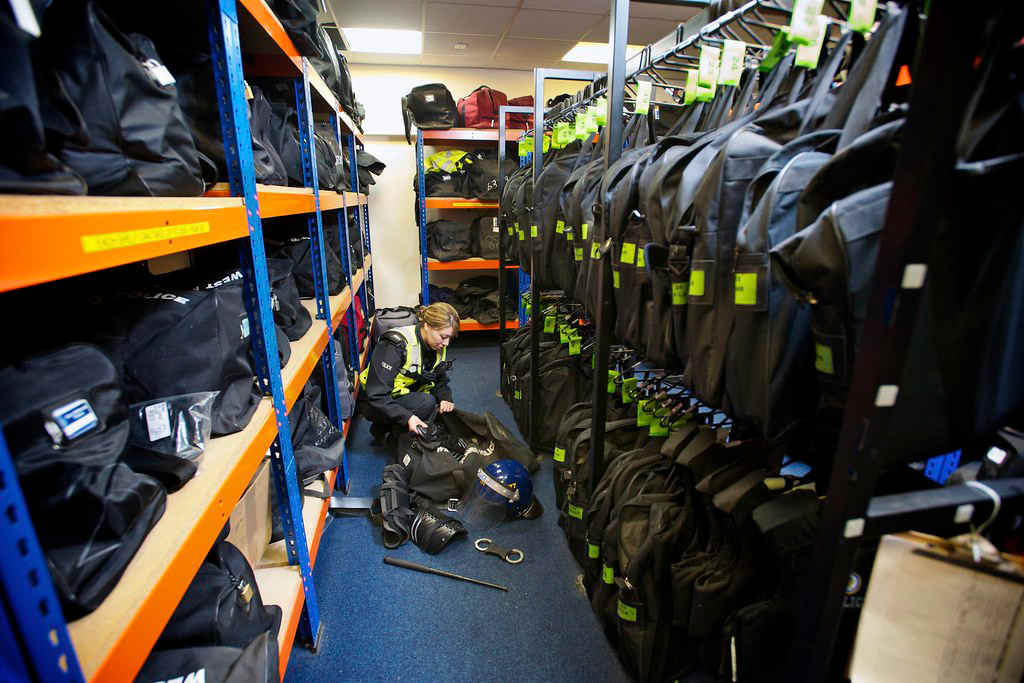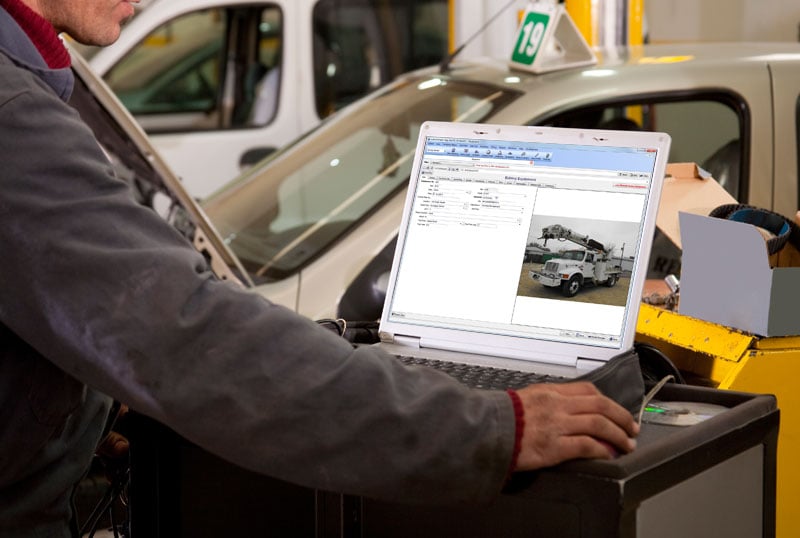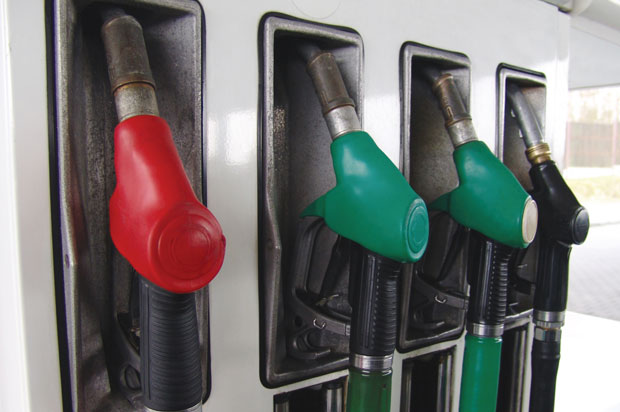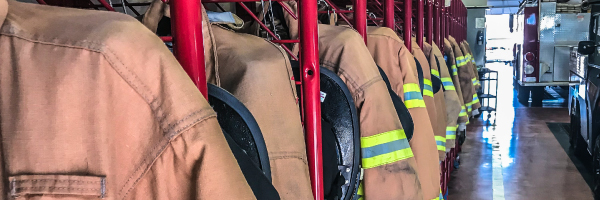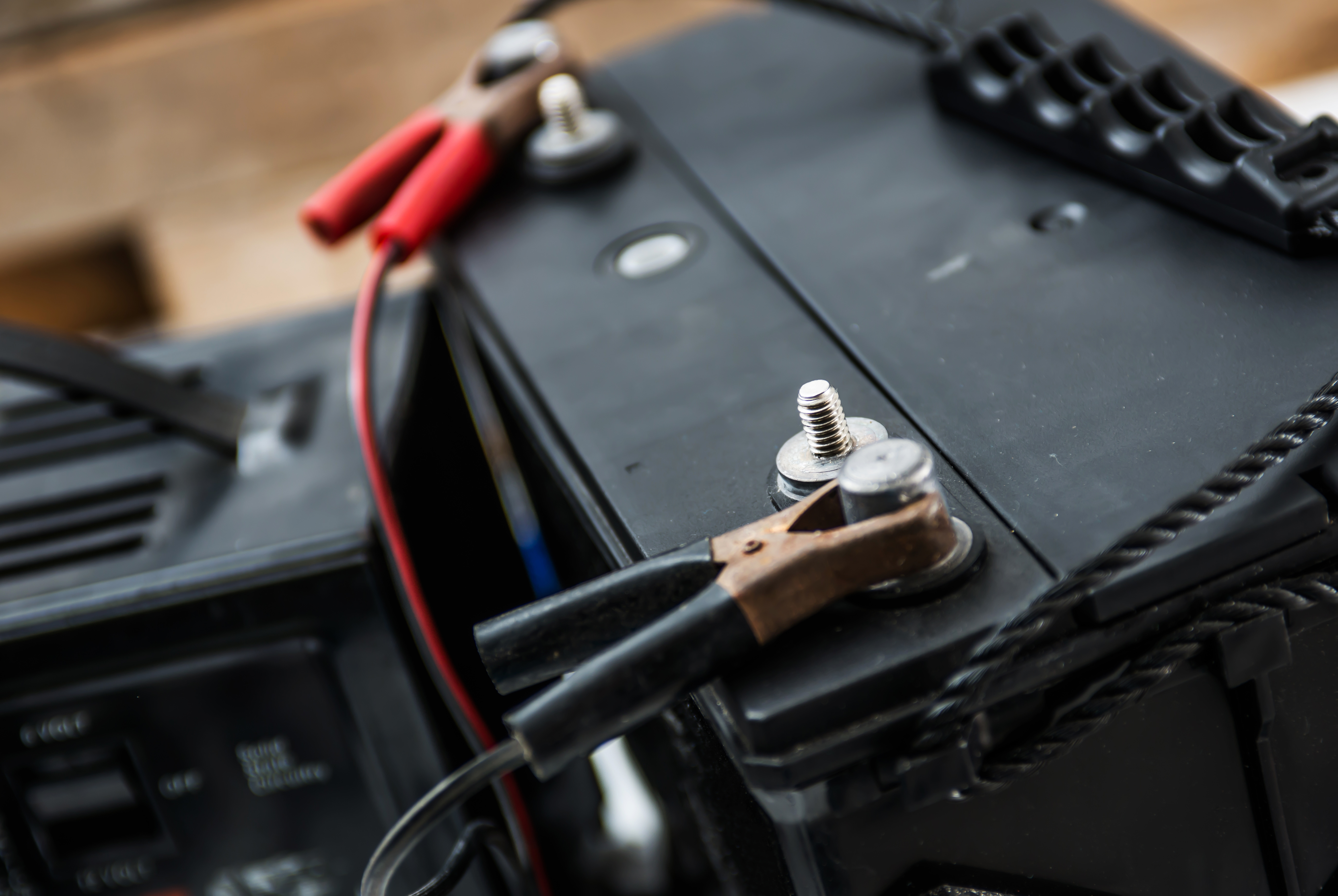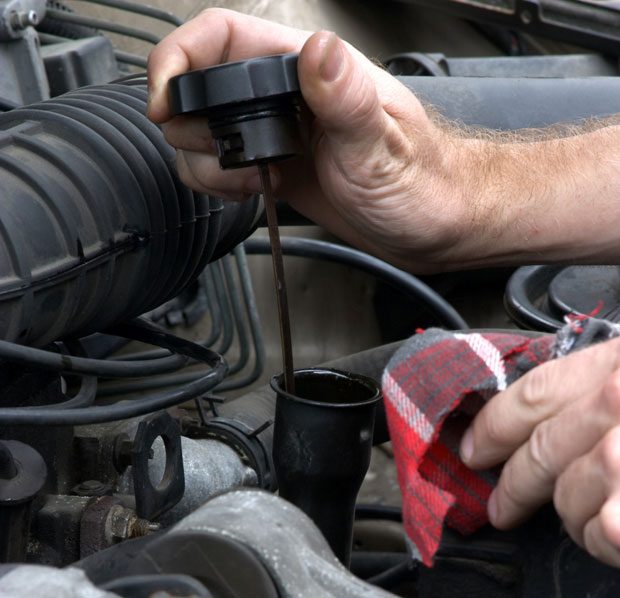Keeping your fire apparatus properly maintained and replacing engines as necessary can be a challenge. Fleet management is something a lot of people still handle with a pen and paper, which results in necessary inspections and certifications being forgotten or delayed, paperwork being lost, and a multitude of other problems.
If your apparatus is not working and up-to-date, then your people can’t respond to calls, and everything becomes worse. Compliance, thus, is not just about paperwork, but also about public safety and the ability to do your job. It is also hugely complex — the National Fire Protection Associationhas created over 200 technical codes and standards. All of this means that the way many chiefs are doing things needs to change. Collective Data is your answer.
Vehicle Replacement
In most cases, your budget is approved a year in advance. If a vehicle needs replacing and it’s not in the budget, it can be hard to justify, or it may be that the money just isn’t there until the next fiscal year. It’s not always possible to predict catastrophic events, but there is a way to avoid unplanned vehicle replacement. Our software can:
- Predict vehicle replacement for up to 30 years in the future, using a formula that follows the American Public Works Association (APWA) standards, and uses typical life span data. This can be configured to your process.
- Alert you when a piece of equipment approaches its likely end-of-life.
- Help you plan budget requests based on predicted needs and spread expensive purchases over several years. This means you can avoid the stressful and time-consuming process of large emergency requisitions.
- Help you look good with oversight for jurisdictions that will appreciate the better budget planning and not having to worry as much about unexpected repairs.
Vehicle Maintenance
Most of us still track vehicle maintenance with checklists, clipboards, and spreadsheets. This method is out-of-date and insufficient because it prevents you from understanding your data in a more comprehensive way. It’s critical to keep all vehicles in-service, safe, and to know if a vehicle has to be taken out of use, and for how long. Comprehensive asset management software, like Collective Data, is a high-tech way to ensure that vehicle maintenance is done properly. Implementing a software solution like this can help your team:
- Track warranties. Claiming warranties can be complex, and a lot of the time, maintenance shops forget that a piece of equipment is still under warranty, or forget what its warranty covers. Warranty tracking can save a lot of unnecessary costs when covered repairs are paid for separately.
- Send regular maintenance reminders to ensure all routine maintenance is done on time. This can show up as a to-do list for your shop, and can also make sure that vehicles are available to be worked on (as much as possible).
- Connect directly to your shop, ensuring that they get work orders faster and that those work orders are not lost somewhere on the way. The work orders will be tied to the vehicle, so there will never be a mistake about which piece of equipment needs to be maintained.
- Create work orders in real-time. Digital work forms are much faster than paper forms and will be sent automatically to the person who needs them, saving time (and paper). This creates a centralized audit trail for approval and analysis for better tracking and accountability.
- Track maintenance requests so that you can spot patterns that might be causing extra maintenance costs. This can allow you to improve predictive maintenance by recording the actual life span of parts, and address behaviors and conditions that lead to unnecessary repairs.
- Schedule and track inspections. The system can alert you when an inspection needs to happen. You can confirm pass or fail on all inspections using a phone or tablet. You will never miss an inspection or be caught by surprise, and you’ll be able to ensure preventive maintenance is done before the inspection date.
- Increase inspection pass rates. Far too many trucks fail inspection. For example, in 2014, half of D.C.’s aerial ladder trucksfailed inspection due to rust at the base of the ladder support. Routine maintenance can help keep you out of the news and keep everyone safe.
- Monitor parts inventory so you never run out of the parts you need for emergency repairs. You can also avoid overstocking on parts and wasting money when those parts become obsolete before they are used. This can reduce costs by at least 10%.
- Track equipment location so there is never any risk of somebody not knowing a vehicle is in the shop. For larger departments, this tracking can also help ensure that dispatch knows what vehicles are available.
- Improve the life of your equipment by ensuring that it is all properly maintained. The software can track everything from oil and tire changes to major rebuilds.
- Predict mechanic staffing needs so you have the right personnel on hand, and reduce the need for expensive unplanned overtime.
The key is to reduce “reactive” maintenance. That’s when something breaks and a vehicle ends up in the shop, and it can cost thousands of dollars a year in unnecessary maintenance in most cases, it’s quicker to fix something before it breaks, and most importantly, it saves on response time. (Just imagine that you get to a fire and the ladder gets stuck.) Fleet managers using software to track predictive maintenance record reductions of at least 25% in unscheduled downtime and repair costs.
Technology Updates
The temptation to run equipment until it dies is high, but this is not always the best or the cheapest option. Keeping older vehicles in service means you fall behind on technological advances. Collective Data offers fiscal planning solutions that can help teams forecast when they will have larger needs, and you can set the system to help you prepare for replacement at a set time, rather than being reactive.
FIRE by Collective Data is designed specifically for fire department needs, with full awareness of exactly what your department or station needs to ensure that fleet management goes smoothly. To find out more about how this software can help you, contact Collective Data today, or check out our demo.



